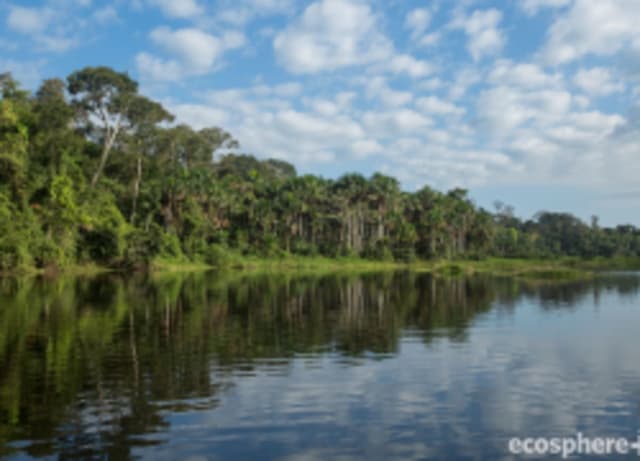Go the extra mile
Towards a cooler planet
Understanding the connection between humans and the environment: An exploration of environmental science
5 February 2025
In our quest to understand the intricate relationship between humans and the environment, we uncover the profound impacts of our actions on the natural world. This blog delves into the essentials of environmental science, highlighting how our existence is intertwined with the health of ecosystems and the urgent need for sustainable practices.
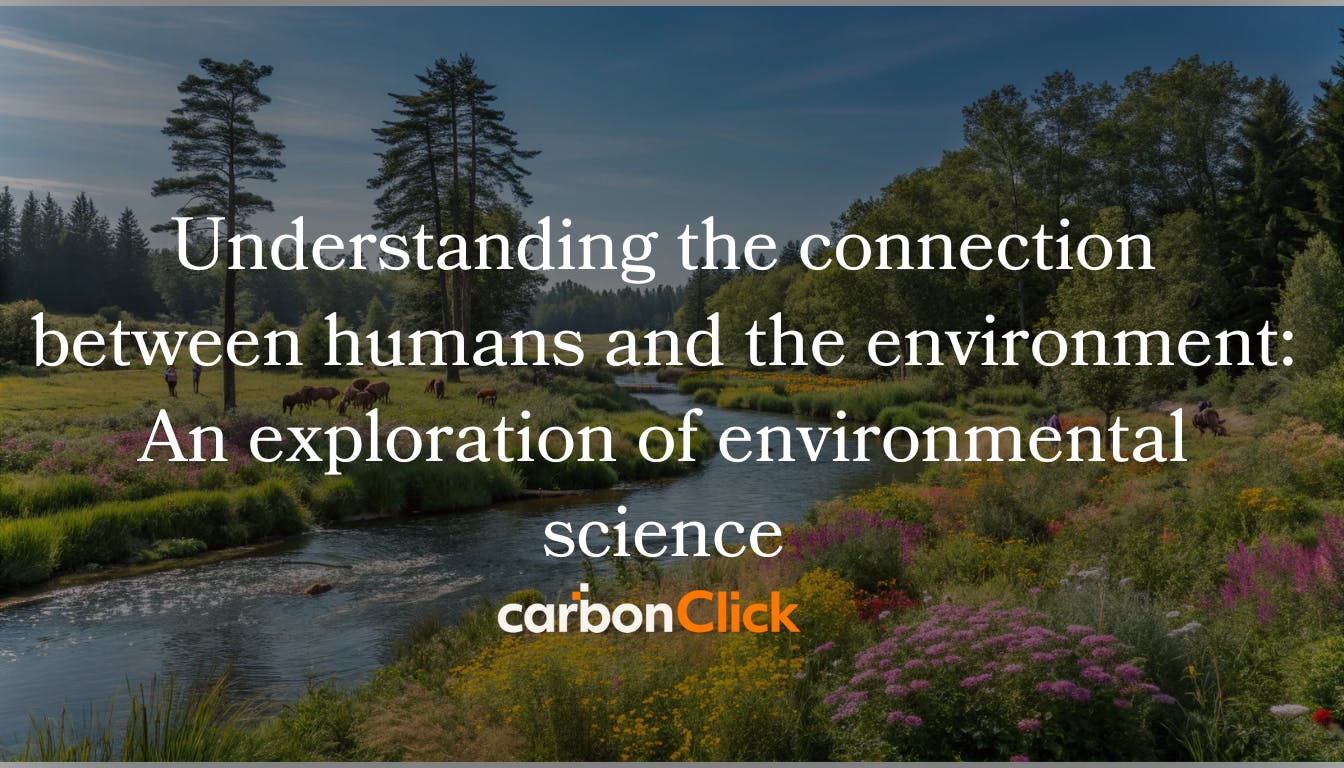
Introduction to Environmental Science
Environmental science is a multidisciplinary field that examines the interactions between humans and the environment. It encompasses various scientific disciplines, including biology, chemistry, and geography, to understand the complexities of Earth's systems. By studying these relationships, we can better appreciate the vital role ecosystems play in sustaining life.
Defining the environment
The environment is everything that surrounds us, including both living (biotic) and non-living (abiotic) components. It encompasses ecosystems, climates, and geographical features, all of which are vital for the survival of species, including humans. Understanding the environment is crucial as it provides the resources we need to thrive.
The evolution of environmental ethics
Environmental ethics has evolved significantly over the past century. Initially rooted in anthropocentrism, which places humans at the center of value, the perspective has shifted towards biocentrism and ecocentrism. Biocentrism values all living things, while ecocentrism prioritizes the health of entire ecosystems. This evolution signifies a broader understanding of our place within the natural world.
Understanding systems through models
Models are essential tools in environmental science, allowing us to represent complex natural systems. They help scientists predict the effects of human actions on the environment. For instance, a model of the hydrologic cycle illustrates how water moves through the ecosystem, highlighting the interconnectedness of various components.
Ecological communities and ecosystems
Ecological communities consist of multiple populations interacting within a specific area. These interactions, along with abiotic factors like water and temperature, form ecosystems. Studying these relationships helps us understand the dynamics of biodiversity and the importance of preserving various habitats.
The importance of ecosystem services
Ecosystem services are the benefits we derive from nature, ranging from clean air and water to pollination of crops. These services are essential for human survival and well-being. For example, oceans not only provide food but also play a critical role in climate regulation and oxygen production.
In conclusion, as we navigate the complexities of environmental science, it becomes clear that understanding the intricate relationships between humans and the environment is vital for the sustainability of both. By embracing a holistic view, we can make informed decisions that protect our planet and ensure a harmonious existence with nature.

Biodiversity: Types and importance
Biodiversity encompasses the variety of life on Earth, including the diversity of species, ecosystems, and genetic variations within species. It is crucial for ecosystem resilience and stability, allowing ecosystems to adapt to changes and recover from disturbances.
There are three main types of biodiversity:
- Genetic diversity: This refers to the variations in genes within a particular species. High genetic diversity enables populations to adapt to changing environments, ensuring long-term survival.
- Species diversity: This measures the variety of species within a given ecosystem. Greater species diversity contributes to ecosystem productivity and stability, as different species often fulfill unique roles.
- Ecosystem diversity: This represents the variety of ecosystems within a geographical area. Diverse ecosystems support a wider range of species and can offer more ecosystem services.
Overall, high biodiversity enhances ecosystem functionality, providing essential services such as pollination, nutrient cycling, and climate regulation. Protecting biodiversity is not only vital for the health of the planet but also for human well-being.
Interactions among species
Species in an ecosystem do not exist in isolation; they constantly interact with one another in various ways. Understanding these interactions is key to grasping how ecosystems function and how humans impact them.
Types of Interactions
- Predator-prey relationships: These interactions shape population dynamics and community structure. Predators control prey populations, while prey species evolve adaptations to evade predation.
- Competition: Limited resources lead to competition among species, which can be intra-specific (within the same species) or inter-specific (between different species). This competition drives natural selection and influences species distribution.
- Symbiosis: This encompasses various types of close biological interactions, including:
Parasitism: One species benefits at the expense of another.
Mutualism: Both species benefit from the relationship.
Commensalism: One species benefits while the other is neither helped nor harmed.
These interactions contribute to the complexity of ecosystems and highlight the interconnectedness of life forms. Disruptions to these relationships can have cascading effects on biodiversity and ecosystem health.

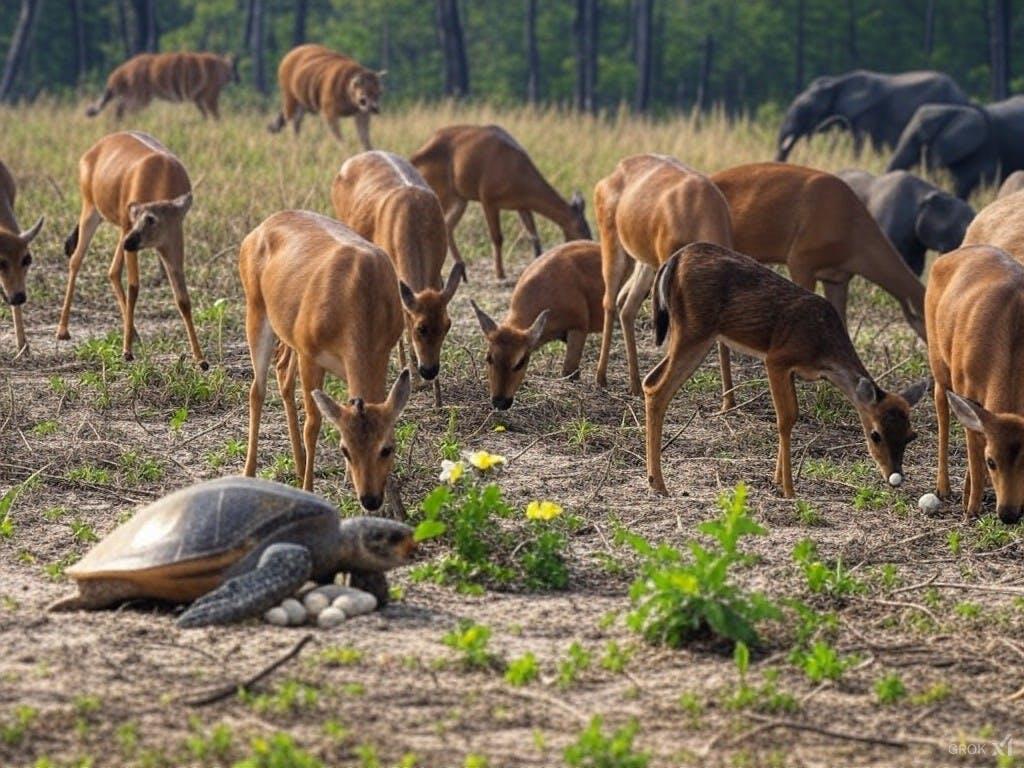
Carrying capacity and endangered species
Carrying capacity is the maximum number of individuals of a particular species that an environment can sustain without degrading the habitat. It is influenced by factors such as food availability, predation, and habitat space.
When a species' population exceeds its carrying capacity, it can lead to resource depletion and environmental degradation. Conversely, when populations fall below a certain threshold, species may become endangered.
Factors Affecting Endangerment
- Size: Larger species often require more resources and larger habitats, making them more vulnerable.
- Specialization: Species with specific habitat or dietary needs are at greater risk when their environments change.
- Reproduction rates: Species that reproduce slowly or have long gestation periods are less able to recover from population declines.
Conservation efforts, such as the Endangered Species Act, aim to protect not only the species but also their habitats, ensuring their survival for future generations.
Human threats to biodiversity: The HIPCO framework
Human activities pose significant threats to biodiversity, often summarized by the acronym HIPCO:
- Habitat destruction: Urban development, agriculture, and deforestation lead to loss of habitats, making it difficult for species to survive.
- Invasive species: Non-native species can outcompete local species for resources, leading to declines in native populations.
- Population growth: Increased human populations raise demand for resources, putting additional pressure on ecosystems.
- Pollution: Contaminants in air, water, and soil harm wildlife and disrupt ecosystems.
- Climate change: Altered weather patterns and rising temperatures affect species distributions and habitat viability.
- Overexploitation: Unsustainable harvesting of resources, such as overfishing and poaching, threatens species survival.
Addressing these threats requires a concerted effort from individuals, communities, and governments to implement sustainable practices and protect biodiversity.
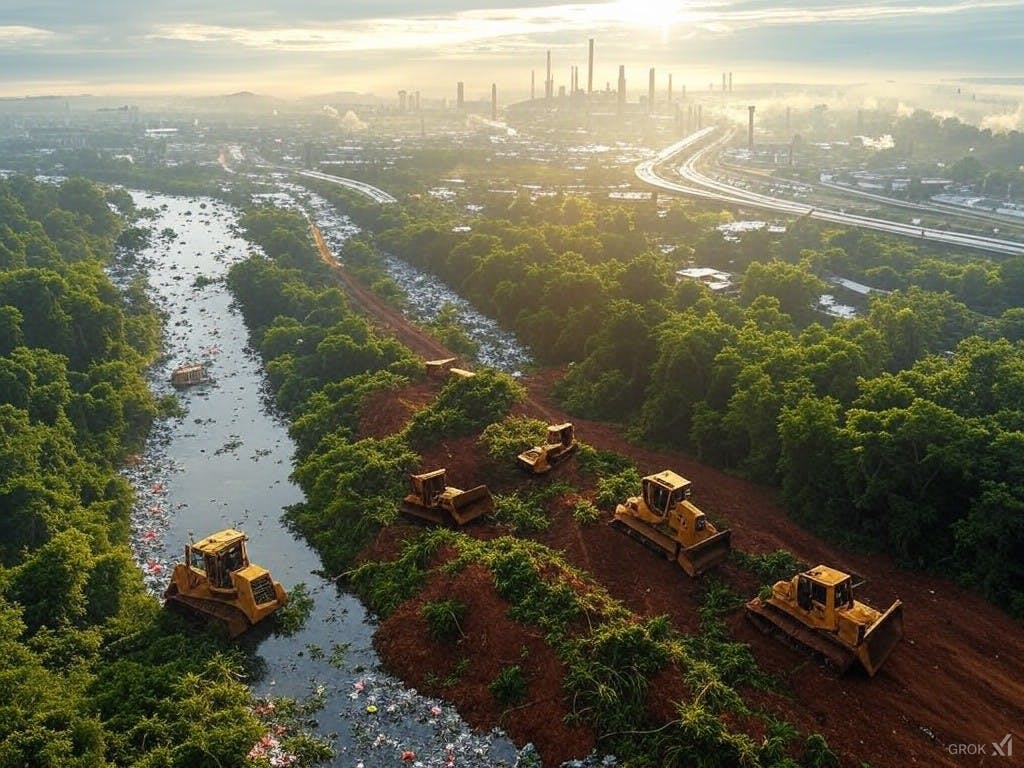
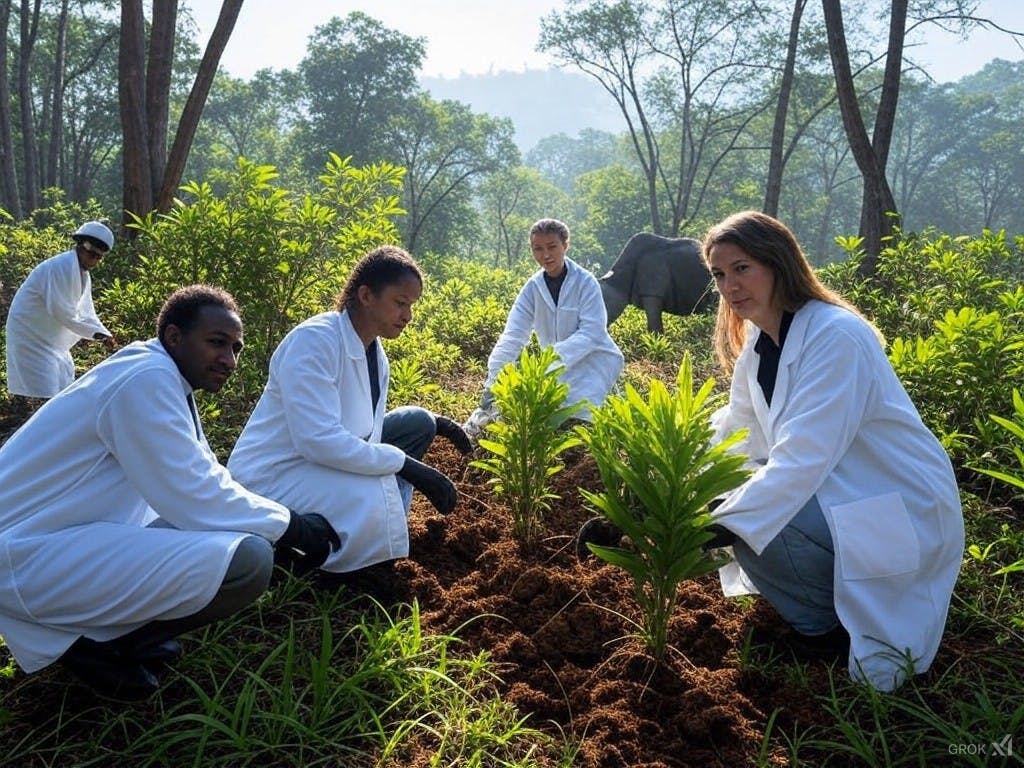
The role of humans in environmental science
As a species, humans play a critical role in shaping the environment. Our actions have profound consequences on ecosystems and biodiversity. Understanding this relationship is essential for promoting sustainability.
Environmental science provides the tools to study these interactions and develop strategies to reduce negative impacts. Through research, we can identify effective conservation methods, inform policy decisions, and raise public awareness about environmental issues.
Contributions to sustainability
- Restoration ecology: Efforts to restore damaged ecosystems help revive biodiversity and ecosystem services.
- Conservation biology: Focuses on protecting endangered species and their habitats through research and advocacy.
- Environmental policy: Advocating for laws and regulations that promote sustainable resource use and protect natural habitats.
Ultimately, the relationship between humans and the environment is one of mutual dependence. By prioritizing the health of ecosystems, we ensure our own survival and well-being.
17 South Street
Auckland 1010
New Zealand
info@carbonclick.com- -
- X
Sign up. Be inspired. Get clicking.
Subscribe now to stay up to date with CarbonClick, carbon offsetting and climate action.
By signing up you agree to our Privacy Policy.

